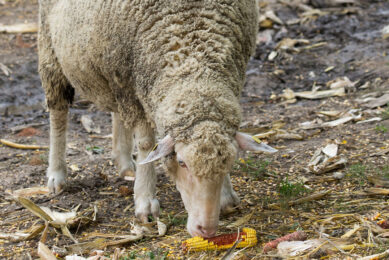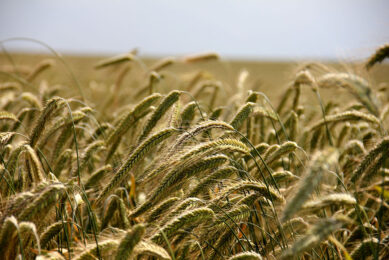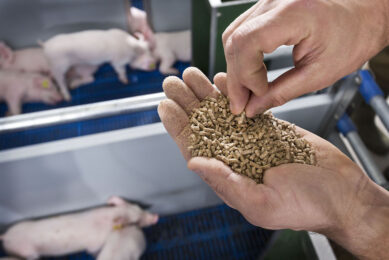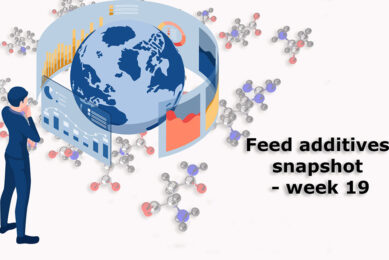Feed price hike troubles Vietnamese farmers
Animal feed prices have risen 50% this year, causing problems for Vietnamese farmers, the Agriculture Ministry said. The animal feed sector has seen growth of 15-17% a year due to the fast expansion of the breeding industry, leaving domestic feed producers short of material, the ministry said.
Since early this year, animal feed prices have increased by up to 50%, causing Vietnamese farmers a lot of difficulty, according to the Livestock Production Department of the Ministry of Agriculture and Rural Development.
Farmers on the outskirts of Hanoi have said that feed prices have risen from VND11,000 ($0.53) to VND13,000 ($0.63) per kg, a 30 to 50% year-on-year increase. The 52S brand of animal feed, produced by the CP Animal Feed JSC has fetched prices of between VND220,000 ($10.70) and VND310,000 ($15.08) per 25 kg.
More constraints
Alongside animal feed, the husbandry sector has been experiencing difficulties of its own, including disease, due to bad weather, high interest rates and increased costs of electricity, water, labour and medicine, without an increase in production.
Tien Dung, the owner of a livestock farm in the Ung Hoa District of Hanoi said that, having raised 4,000 chickens, he had to spend around VND150 million (US$7,300) on animal feed per month, an increase of VND30 milion ($1,500) since the start of the year.
Dung added that, if animal feed prices continued to rise, he would consider changing business in order to avoid further risks.
According to the Vietnam Animal Feed Association, domestic producers refrained from increasing their prices in order to keep up with market prices. If prices were allowed to increase too quickly, breeders would not be able to afford to continue doing business, which could mean that feed producers would have no market in which to operate.
Raw material shortage
While Vietnam has been viewed as a country with great agricultural potential, its animal feed sector has experienced periodic shortages of raw materials, 50% of which is imported from abroad, causing local resource wastage and instability due to volatile exchange rates.
Hoang Kim Giao, head of the Livestock Production Department, said that, due to the rapid growth of the breeding industry, the animal feed sector had experienced a 15 to 17% growth of its own, which has led to raw material resources not being able to meet local demand.
By 2020, Vietnam is expected to need around 15 million tonnes of animal feed a year to placate domestic demand.
Restructuring
Many animal feed producers have restructured, cutting costs and co-operating with related stockholders in order to cope with the current situation.
Feed producer GreenFeed has confirmed that it will be applying a multi-module integrated system to help it manage its resources more effectively. According to a company representative, farmer support will play an essential part in sustainable development.
The Vietnam Animal Feed Association also confirmed that producing a suitable volume of quality raw material is also important, seeing as this was a current weak point in the system.
The association has proposed the redistribution of land and investment planning in the production of raw materials for the animal feed industry, which would also need more attention from ministries in terms of taxes and administrative policies affecting stabilised prices.
Join 26,000+ subscribers
Subscribe to our newsletter to stay updated about all the need-to-know content in the feed sector, three times a week. Beheer
Beheer









 WP Admin
WP Admin  Bewerk bericht
Bewerk bericht